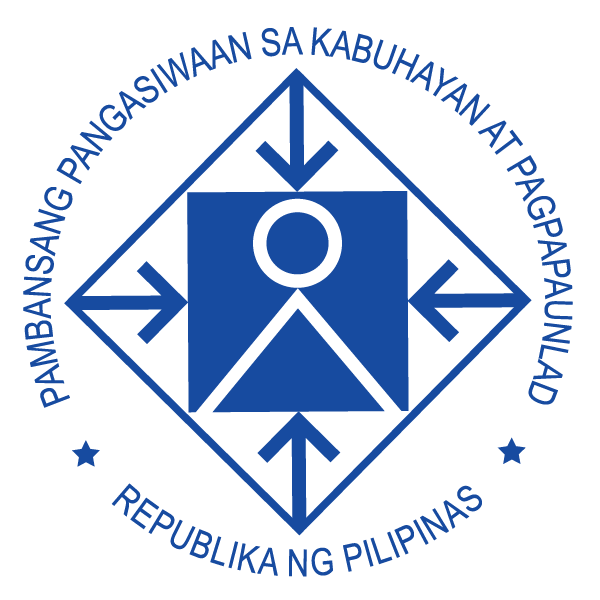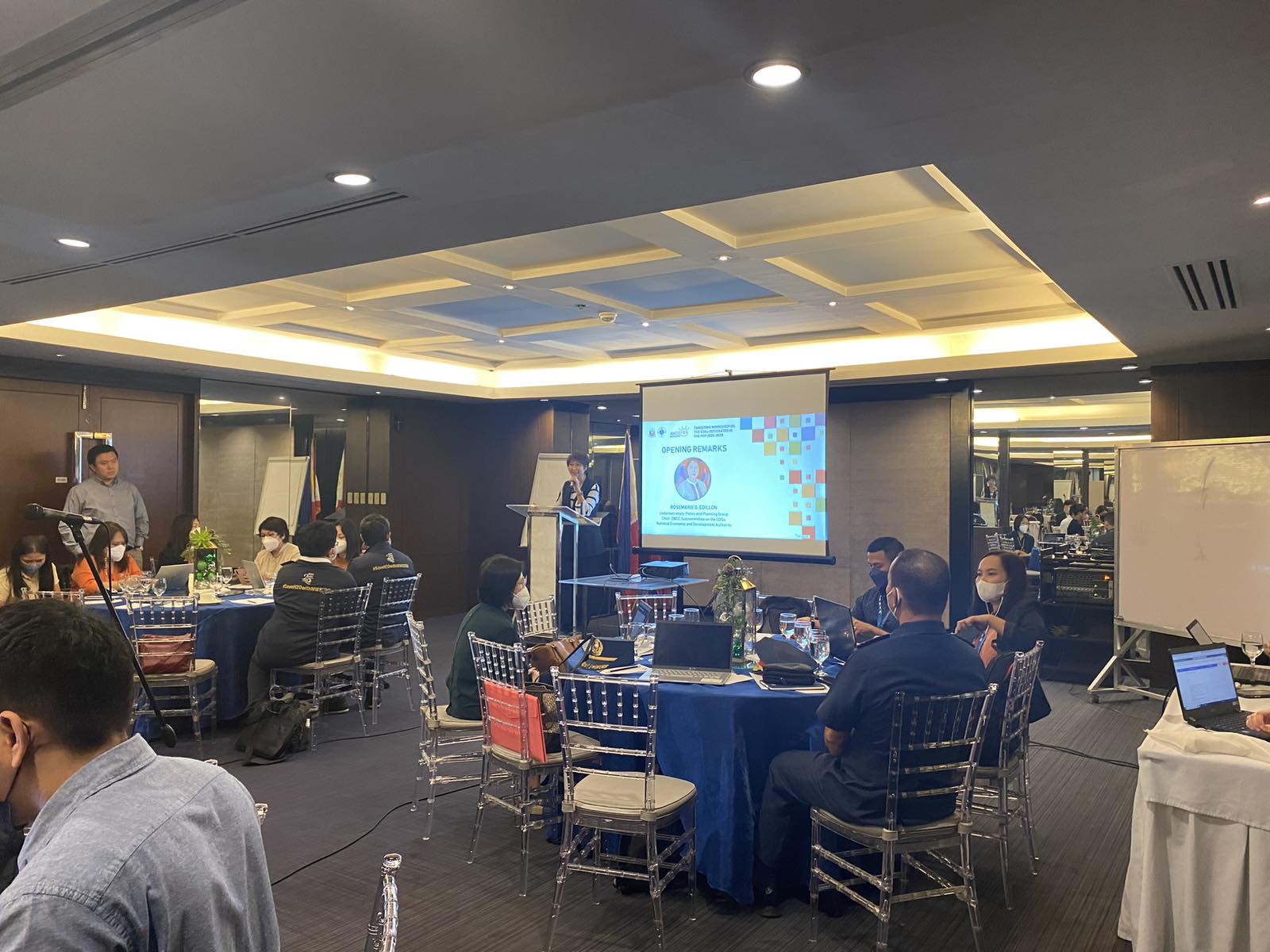Intervention by the Philippines on High-Level Side Event during the UNGA entitled “Poverty at a Crossroad: Using Leadership and the Multi-Dimensional Poverty to Build Back Better”
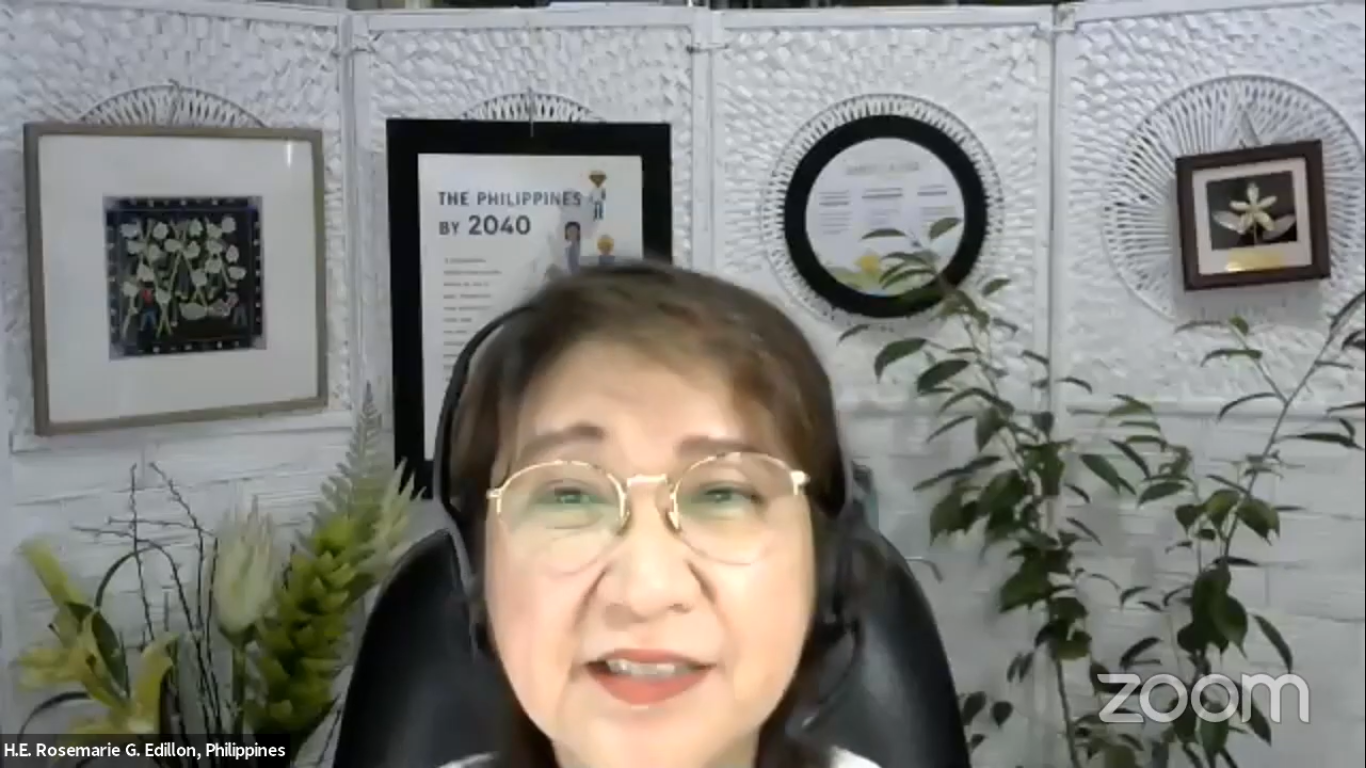
High-Level Side Event during the UNGA entitled “Poverty at a Crossroad: Using Leadership and the Multi-Dimensional Poverty to Build Back Better”
Rosemarie G. Edillon
Undersecretary for Policy and Planning
Excellencies, distinguished colleagues, all protocols observed.
1. At the outset, we reiterate the call to improve measurement methodology on well-being that is relevant in a VUCA world (one that is volatile, uncertain, complex, and ambiguous). In behalf of the Like-Minded Group of Developing Countries Supporters of Middle-Income Countries (MIC), we again point out that current measures of development (based on per capita income) cannot adequately take into account socioeconomic inequalities, multidimensional poverty, and vulnerabilities to socioeconomic risks. The COVID-19 pandemic has stressed the need to consider all these aspects, and more perhaps, in characterizing the level of development. In deciding how best to assist countries, the measure of development should also reflect how governments are able to protect their citizens against the adverse effects of various risks, COVID-19 just being the latest one.
2. We have found the MPI framework, which stresses the importance of addressing deprivation in multiple dimensions, as a very useful tool in formulating public investment programs and the policy reform agenda. The Philippines’ MPI consists of 13 indicators belonging to four dimensions: 1) education, 2) health and nutrition dimension, 3) housing, water, and sanitation and 4) employment. We found that he education dimension, has the largest share or contribution to overall deprivation (MPI) at more than 36 percent. And for this reason, our interventions have focused on increasing access to education at all levels. And for poor families with members who are of school-age, government provides a regular cash transfer on the condition that the children go to school and undergo regular health checkups.
We also have regular programs covering the other dimensions. And in addition, we have instituted structural reforms covering these: like the First 1000 Days, Supplementary Feeding Act, Universal Health Care Act, Expanded Maternity Leave Act, and other things covering the other dimensions, to ensure that the gains achieved will be robust. And we have been achieving significant gains before COVID-19: in terms of income poverty, we have seen at least 6 million Filipinos graduate from poverty between 2015 and 2018; similarly, we have seen a 6.6 point reduction in the percentage of multidimensionally-deprived families between 2016 and 2017.
3. The COVID19 pandemic, however, has demonstrated the need to include another dimension, which is resiliency. And we hope that the research community, led by Dr. Sabina Alkire, will provide more guidance on this. What would be the relevant indicators of resiliency? How do we incorporate these? Should these be added as just another dimension? Or do we need to include this (mainstream) indicators of vulnerability in each dimension?
4. Another important research is to determine how the COVID-19 pandemic has affected the MPI levels of families. Note that some indicators are quite robust to temporary shocks, but we need to know which ones are not. So in fact, we may need to sharpen some of these indicators to make them relevant in a VUCA world. Take the case of “housing, water and sanitation”; the value of this indicator (which measures access) will probably not change due to the COVID19 pandemic, but some are already having difficulties making payments for rental and water bills. This nuance should somehow be considered in the MPI.
5. As with other countries, at the onset of the COVID19, our President has ruled to prioritize saving lives, placing most of the country under lockdown while we muzzle government resources to improve health system capacity. We also embarked on a massive social amelioration program for the bottom 75% of the country.
6. And as we build back better, we need to be ready for the next shock, for such is the VUCA world. Our current strategy is to engage all of society in the fight against COVID-19 while restarting social and economic activities. On the latter, we have prioritized 5 priority areas: (1) health system improvement, (2) food security, (3) learning continuity, (4) digital transformation, and (5) ecological integrity. It’s also multi-dimensional. Overall, we still believe that well-being is multi-dimensional, and we will continue to use MPI, but we do hope that resiliency be deliberately considered in the definition and measure as well.
Thank you very much.
Related Articles
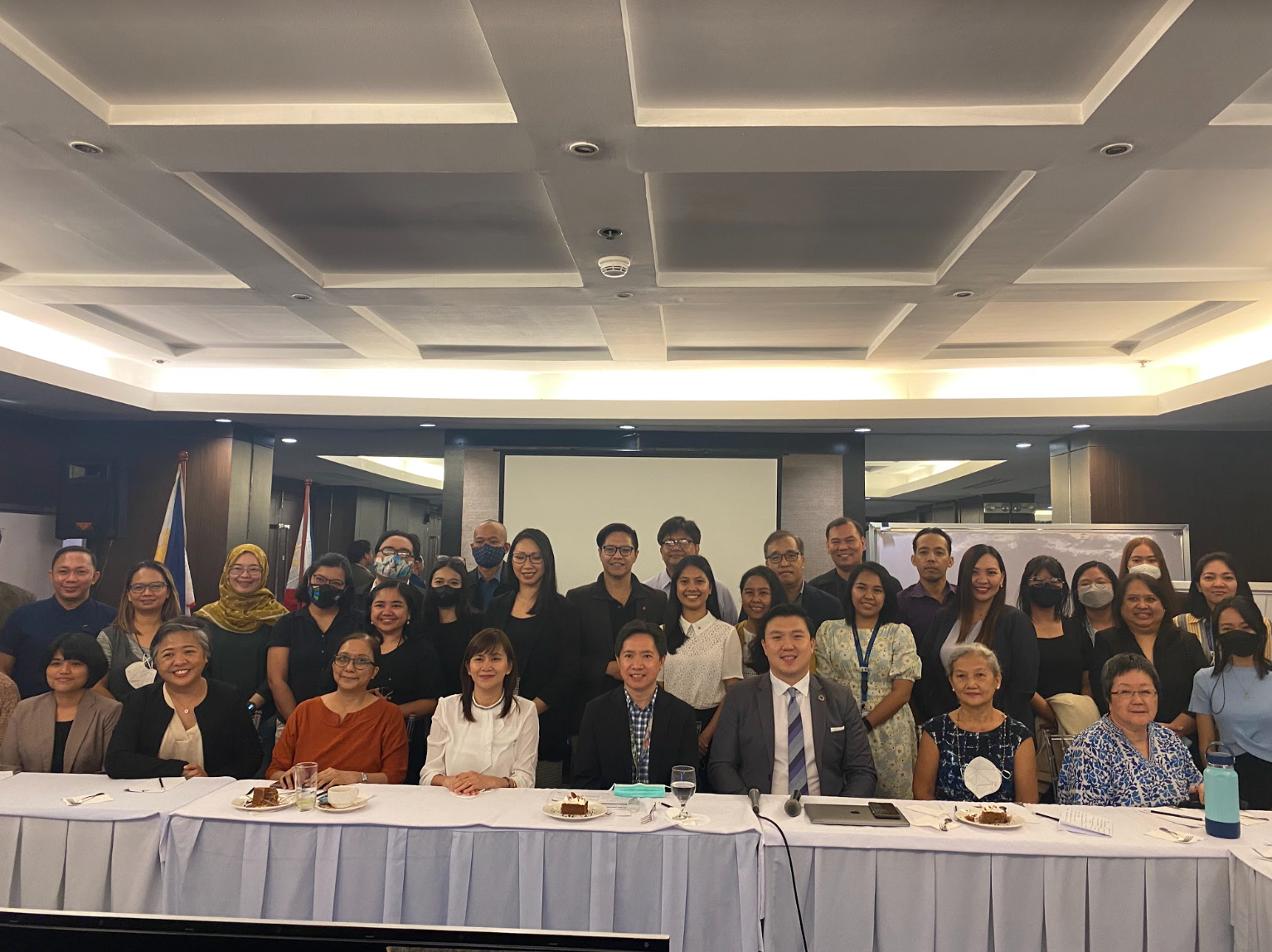
SC-SDG Stakeholders’ Chamber Discuss Expansion and Localization Efforts in Q4 Meeting
The Stakeholders’ Chamber on the SDGs discuss strengthening its role as a government partner in SDG implementation, expansion of its national membership, and establishment of regional chambers, in its 4th Quarter meeting.
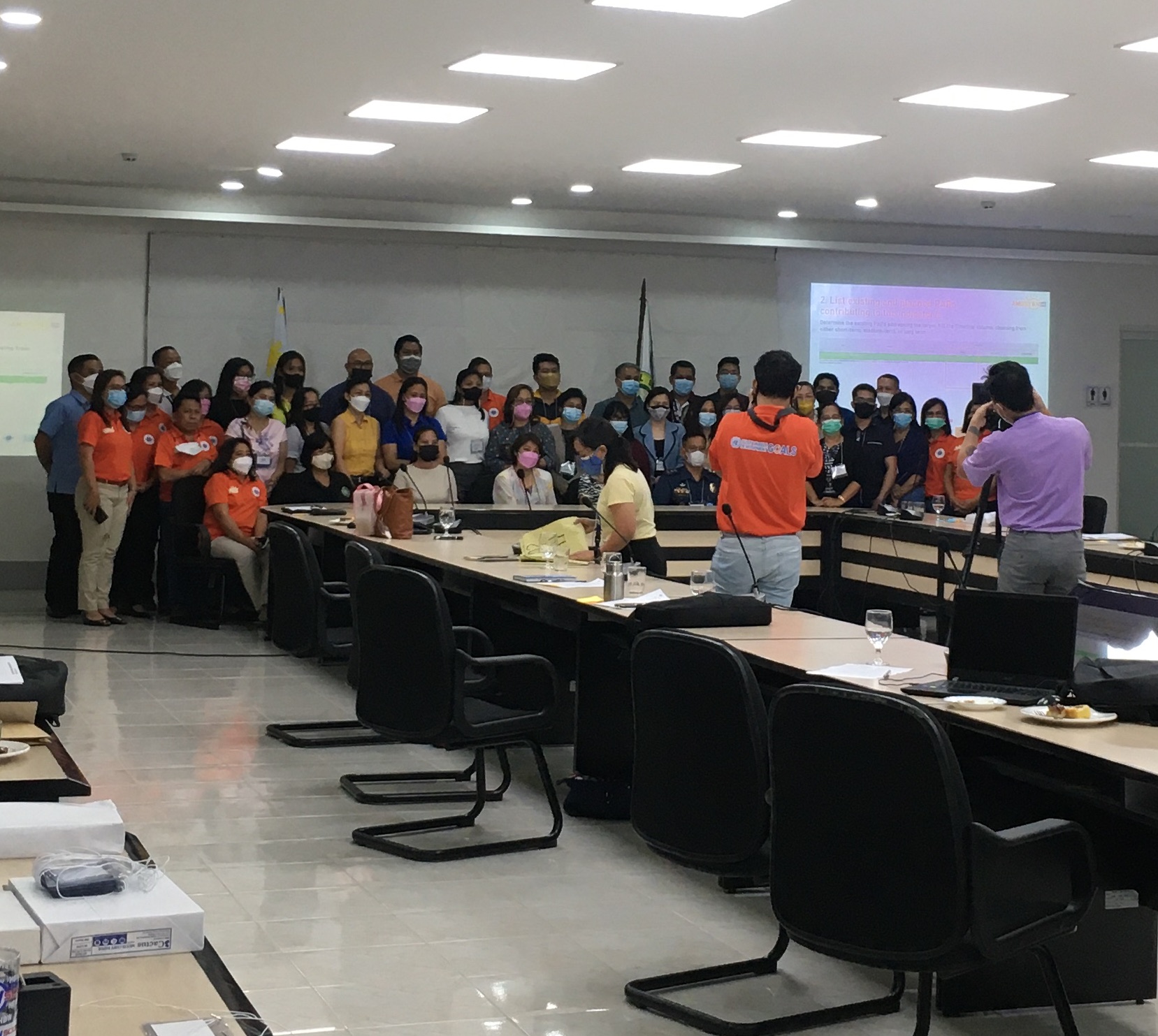
Localizing the SDGs: Workshops to set subnational targets in Regions V, IV-A, and X
The National Economic and Development Authority kicked off the SDG localization efforts at the subnational level in 2022 as part of the national strategy to implement the Sustainable Development Goals (SDGs) in the country.

